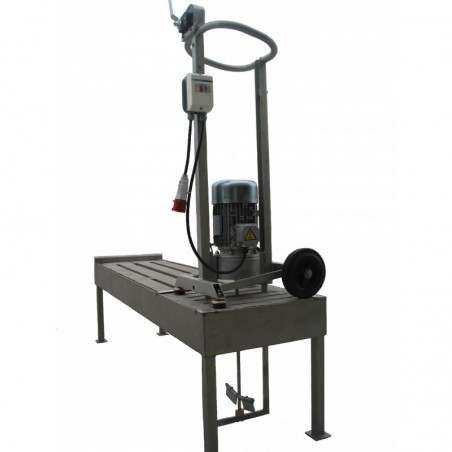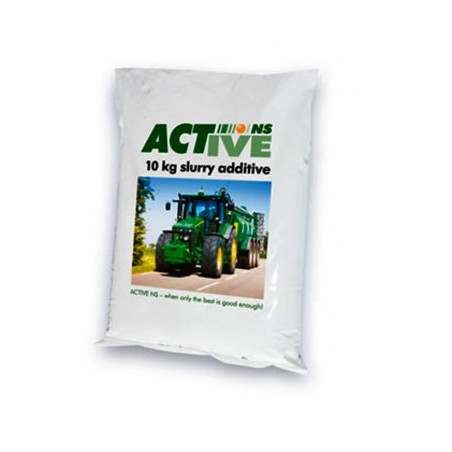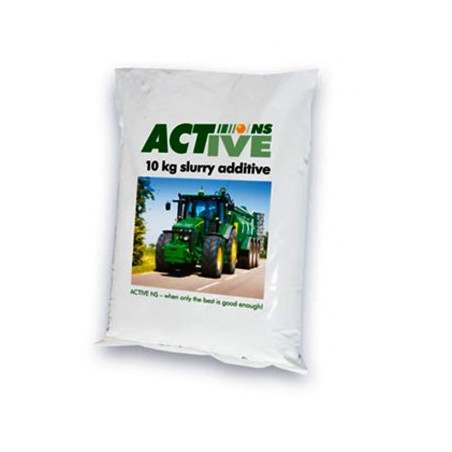Low frequency aeration of slurries may reduce ammonia (NH3) and methane (CH4) emissions without increasing nitrous oxide (N2O) emissions. The aim of this study was to quantify this potential reduction and to establish the underlying mechanisms. A batch experiment was designed with 6 tanks with 1 m3 of pig slurry each. After an initial phase of 7 days when none of the tanks were aerated, a second phase of 4 weeks subjected three of the tanks to aeration (2 min every 6 h, airflow 10 m3 h−1), whereas the other three tanks remained as a control. A final phase of 9 days was established with no aeration in any tank. Emissions of NH3, CH4, carbon dioxide (CO2) and N2O were measured.
In the initial phase no differences in emissions were detected, but during the second phase aeration increased NH3 emissions by 20% with respect to the controls (8.48 vs. 7.07 g m−3 [slurry] d−1, P < 0.05). A higher pH was found in the aerated tanks at the end of this phase (7.7 vs. 7.0 in the aerated and control tanks, respectively, P < 0.05). CH4 emissions were 40% lower in the aerated tanks (2.04 vs. 3.39 g m−3 [slurry] d−1, P < 0.05). These differences in NH3 and CH4 emissions remained after the aeration phase had finished. No effect was detected for CO2, and no relevant N2O emissions were detected during the experiment.

Our results demonstrate that low frequency aeration of stored pig slurry increases slurry pH and increases NH3 emissions.
Salvador Calvet, JohnHunt, Tom H.Misselbrook. Low frequency aeration of pig slurry affects slurry characteristics and emissions of greenhouse gases and ammonia. Biosystems Engineering. Volume 159, July 2017, Pages 121-132. https://doi.org/10.1016/j.biosystemseng.2017.04.011






